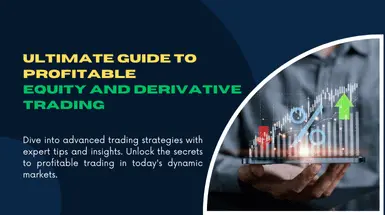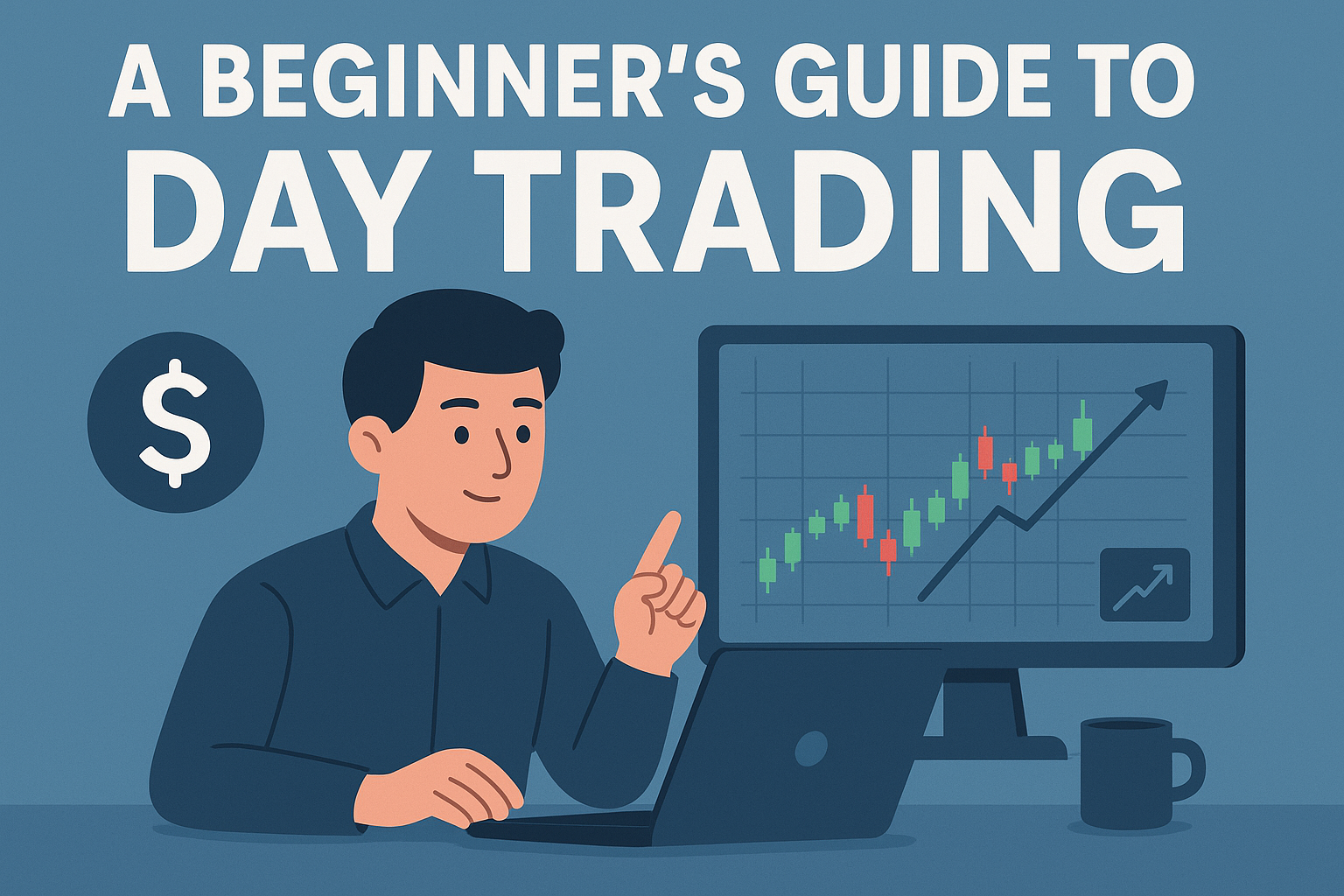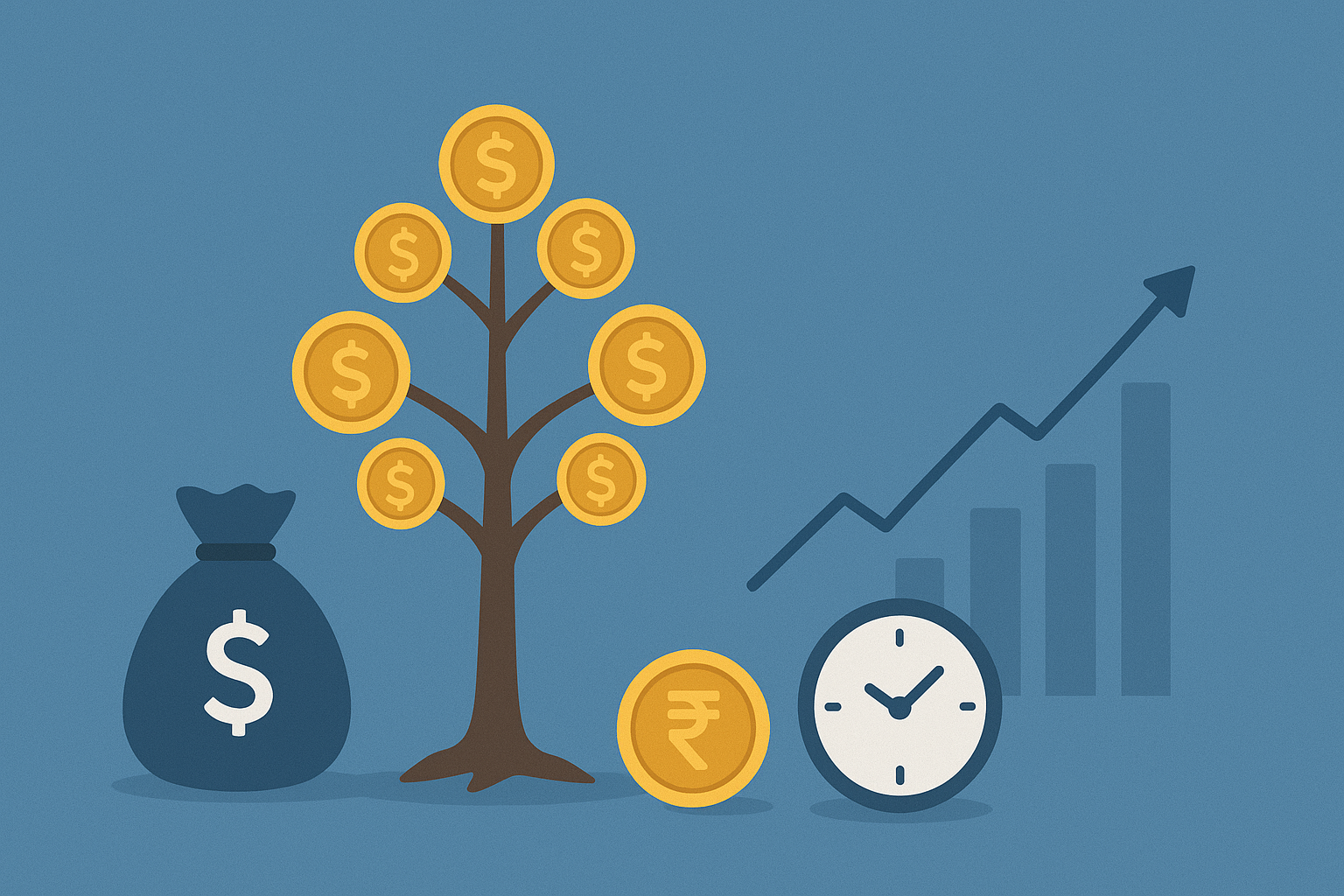Intraday Trading is a high-stakes ability that requires not just technical skills but also a strong psychological foundation. Unlike long-term investment, wherein patience is a distinctive feature, intraday traders must make brief choices under pressure. Success in intraday Trading isn’t dependent on charts and techniques but also trader’s mindset. Psychological resilience, discipline, and emotional regulation separate successful traders from those who continually lose money. In this Article, Namo Trading Academy can explore the Intraday Trading Psychology: How to Stay Ahead of the Market, the key mentally demanding situations investors face, and actionable strategies to build the right mindset to stay ahead of the share market.
Understanding the Psychology of Intraday Trading:
1. The Role of Psychology in Trading:
So many traders focus on finding the perfect strategy, believing that if they follow the right signals and patterns, they will always make money. However, even the best strategies can fail without the right mindset. Trading psychology controls how traders react to market movements, manage losses, and maintain discipline.
2. The Emotional Roller Coaster
Intraday trading can be stressful. Traders often experience a cycle of emotions such as:
Euphoria: After a series of wins, traders may become overconfident, leading to reckless trades.
Fear: A losing streak can cause traders to hesitate, missing out on good opportunities.
Greed: The temptation to hold onto a trade longer than necessary can lead to unnecessary losses.
Regret: After making an incorrect decision, traders may chase losses, leading to more mistakes.
Understanding these emotions and learning to control them is crucial for consistent success.
Common Psychological Pitfalls in Intraday Trading
1. Overtrading:
Many traders struggle with the habit of trading too frequently. This often follows from the desire to make up for previous losses or capitalize on every small price movement. Overtrading results in higher transaction costs and emotional exhaustion, which affects overall profitability.
2. Fear of Missing Out (FOMO):
FOMO is a major psychological challenge. When traders see a stock moving rapidly, they feel compelled to jump in without proper analysis. This often results in buying at the peak and facing immediate losses.
3. Impulse Trading:
Trading without a strategy is sure to end badly. Emotional trading, driven by gut feelings rather than logic, often leads to losses. Successful traders rely on well-defined strategies and execute trades based on pre-set rules.
4. Inability to Accept Losses
Losses are an inevitable part of Trading. Many investors struggle with accepting losses and instead try to “revenge trade,” which get worsens their situation. Professional traders are aware that losing money is a part of the process of trading. And focuses on managing risk instead of avoiding losses altogether.
5. Confirmation Bias
Traders often look for information that supports their existing beliefs while ignoring contradictory signals. Cognitive bias can lead to poor decision-making, and traders may hold onto losing positions longer than necessary.
Strategies to Develop the Right Trading Mindset
1. Create and Follow a Trading Plan: A well-structured trading plan should include:
- Entry and exit points
- Stop-loss levels
- Position sizing
- Risk-reward ratios
By following a plan, traders can reduce emotional decision-making and increase consistency.
2. Practice Discipline and Patience:
Successful intraday traders display patience and discipline. They wait for the right setups and avoid unnecessary trades. Discipline prevents traders from making impulsive decisions based on emotions.
3. Develop Emotional Control:
Traders must learn to detach emotions from their trades. Mindfulness techniques such as meditation and deep breathing can help traders remain calm under pressure.
4. Implement Risk Management Techniques:
Effective risk management ensures that a single loss does not wipe out a trader’s capital. Some key strategies include:
• Setting stop-losses for each trade
• Avoid risking more than 1-2% of your total capital on any single trade.
• Using trailing stops to lock in profits
5. Keep a Trading Journal:
Maintaining a trading journal helps traders analyze their past trades, understand their mistakes, and refine their strategies. A journal should record:
• Entry and exit points
• Reasons for taking the trade
• Emotional state during the trade
• Outcome and lessons learned
6. Maintain a Growth Mindset:
An increasing attitude includes viewing trading as a learning method. Rather than focusing on passive income, traders must concentrate on improving their skills and making better decisions over time.
7. Avoid External Influences:
Social media and market rumors can cloud judgment. Traders should depend on their analysis instead of making decisions based on tips from others.
Psychological Preparation Before Trading
1. Get Enough Rest and Exercise
Decision-making may be impacted by reduced sleep and physical illness. Traders should prioritize rest, exercise, and a healthy diet to maintain mental clarity.
2. Set Realistic Goals
Having realistic expectations prevents frustration. Intraday trading is not about making millions overnight but about consistent and steady gains over time.
3. Start with a Positive Mindset
Before the market opens, traders should mentally prepare by visualizing success, reviewing their trading plan, and reminding themselves of their risk management rules.
4. Accept Uncertainty
Markets are unpredictable. Accepting uncertainty and focusing on probability rather than certainty helps traders stay rational and adaptable.
Conclusion
Intraday Trading psychology plays a critical role in determining a trader’s success. Understanding emotions, avoiding common risks, and developing the right mindset can assist investors in staying ahead of the market. By working towards discipline, following a Trading plan, and managing risks effectively, investors can build a sustainable and profitable trading career.
It takes time and effort to overcome the psychological challenges of trading and investing, but those who succeed will find that they are better prepared to address the difficulties that arise in the market. Remember that investing is a journey rather than a race. Maintain focus, practice discipline, and never stop striving to improve. We hope this article is used for your continuous growth. Join us at Namo Trading Academy and explore your skills.



